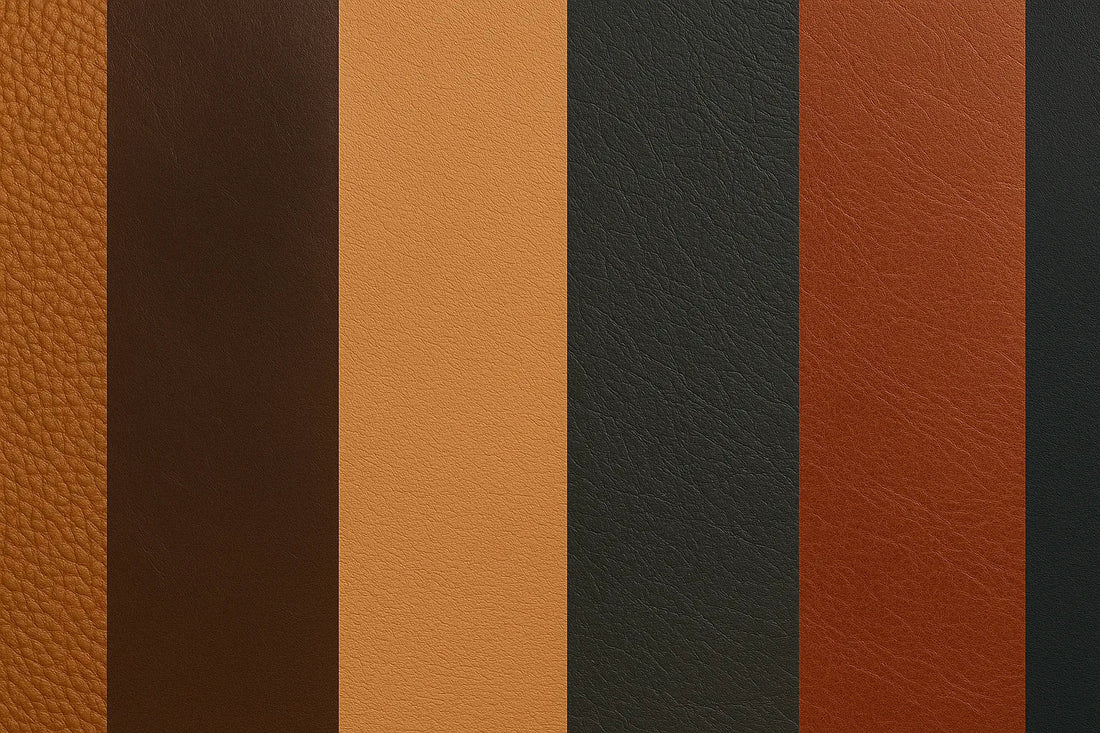

Mastering leather knowledge ensures longevity, value, and wise investment in your purchases.
The quality of leather varies greatly. You have most likely seen different labels on leather items, such as top grain or genuine. These are simply different types of leathers based on their quality.
Now, can you get the best bang for your buck? Yes, you can.
Knowing where to buy leather is just not enough, you must learn to distinguish between different types of leather. You will need to understand why some materials last longer than others and why a particular leather bag costs thousands, while others cost a fraction of that price.

13% of the hide
1st Grade, Best Quality
- Offers solid, close-fibered material that is water-resistant, ensuring optimal durability
- Recommended and guaranteed for superior wear

30% of the hide
2nd Grade, Good Quality
- Provides reliable durability

32% of the hide
3rd Grade, Fair Quality
- Features a loose fiber structure
- Susceptibility to sponging and swelling when exposed to water

25% of the hide
4th Grade, Poor Quality
- Only good for a part of the item that is not exposed
So, what is the best leather? The best quality leather will depend on these important factors, most notably:
Different breeds of cows will produce different quality hides due to their genetics and environment. Hot climates tend to have insects that bite the animal and leave scars whereas cold climates don’t suffer from pests as much. Certain breeds might have more protective hair or thicker skins due to the weather.
-
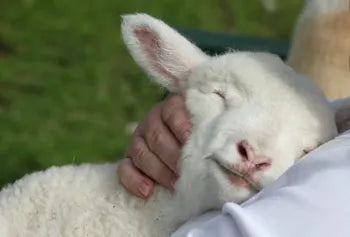
Type of Animal and breed
-
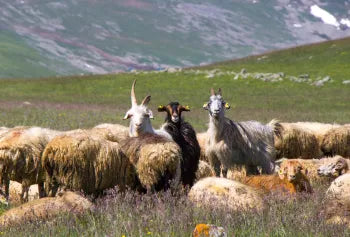
Physical location and climate where the animal lived
-
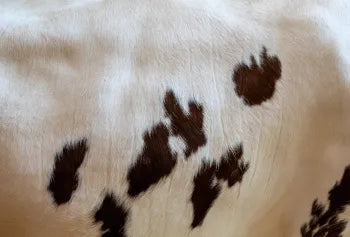
The portion of the hide and leather was cut from (see diagram below)
-
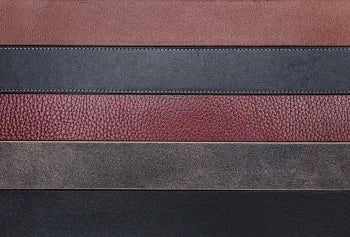
The layer of the hide that is used (top grain, full grain, split)
-
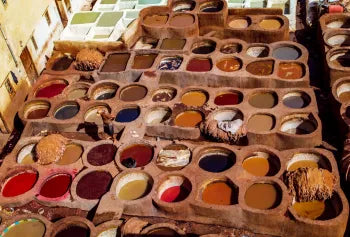
Quality and skill of the processing and tanning
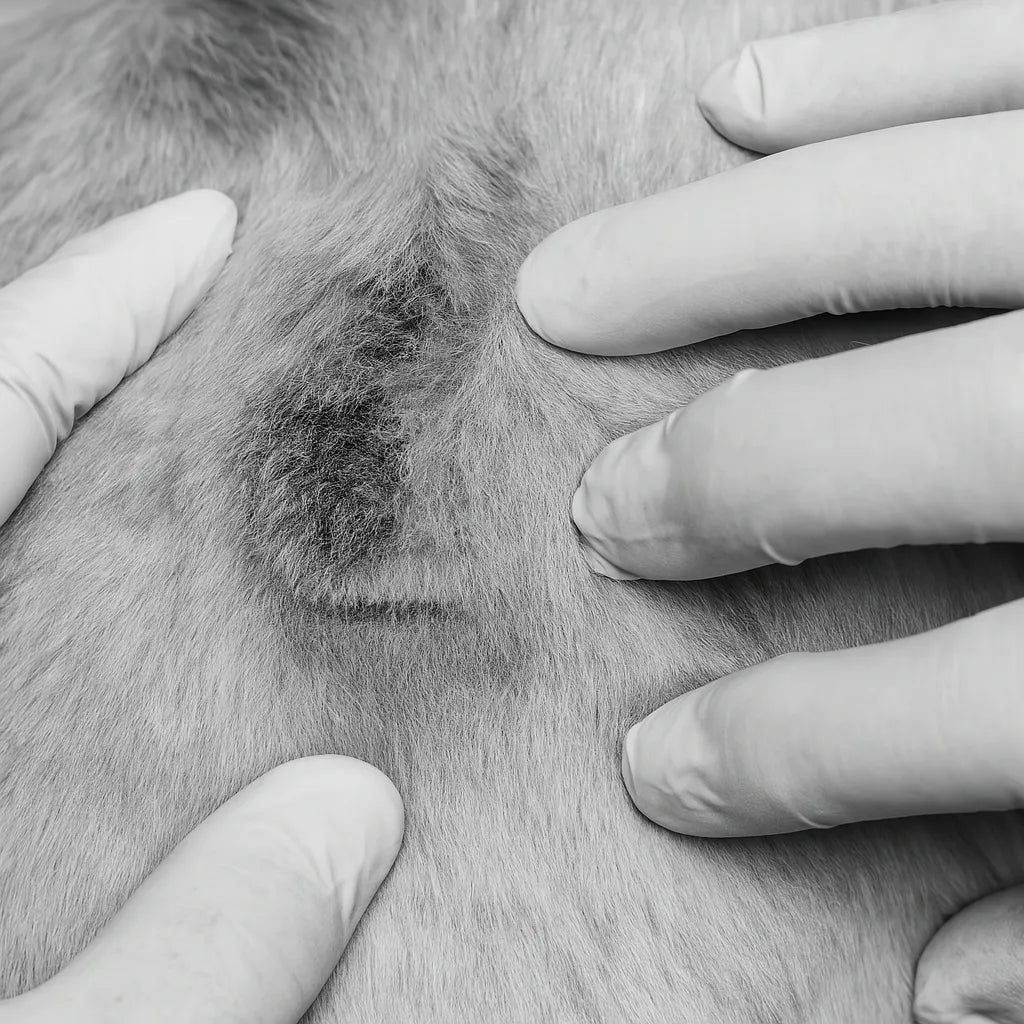
Different breeds of cows will produce different quality hides due to their genetics and environment. Hot climates tend to have insects that bite the animal and leave scars whereas cold climates don’t suffer from pests as much. Certain breeds might have more protective hair or thicker skins due to the weather.
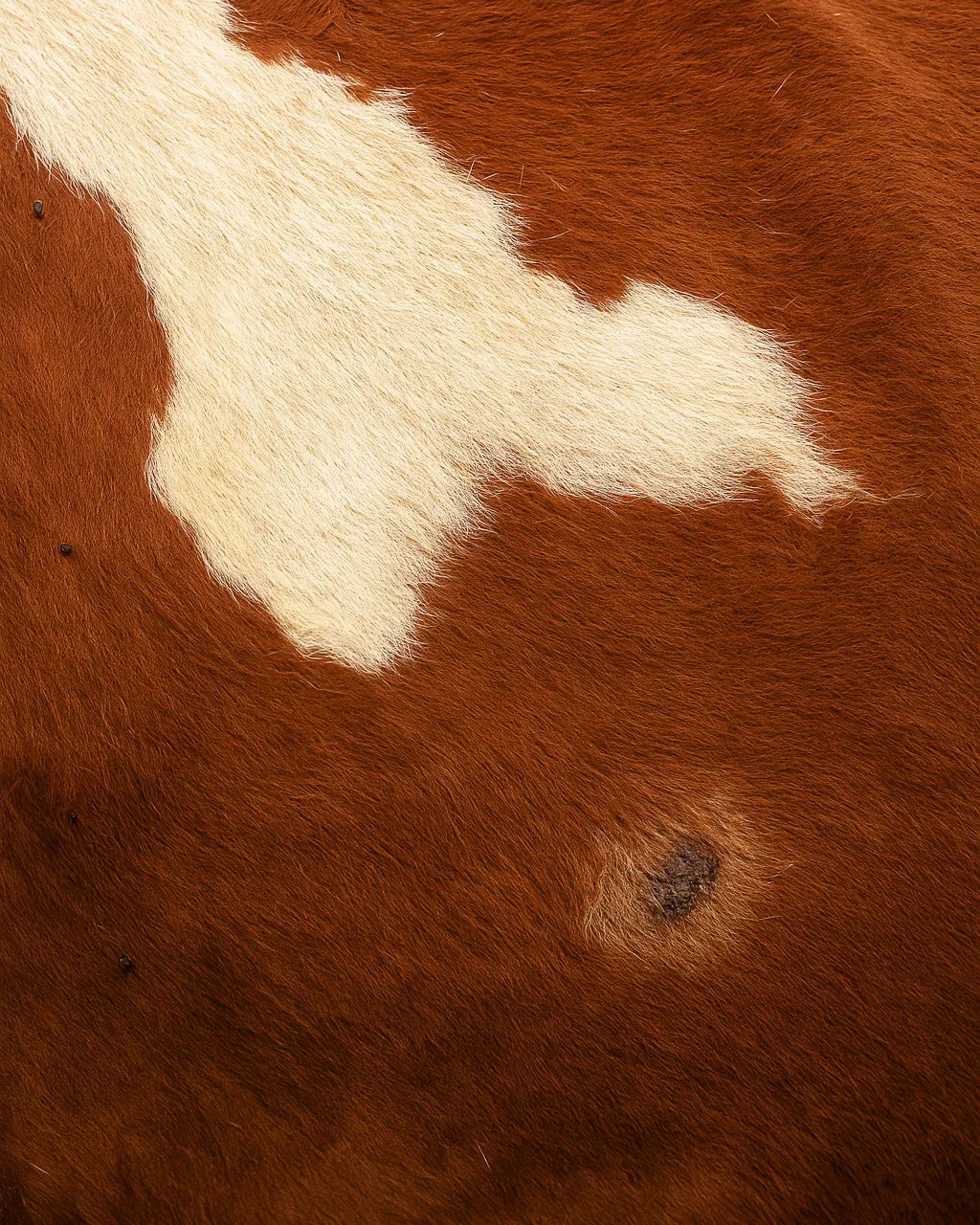
Different portions of the hide also yield different quality leather. For instance, the lower portion, as shown in the diagram above, tends to have looser fibers that make up the hide. The looser fibers sponge and swell when wet. Lower portions of the hide also tend to get marked much easier from insects and scrapes like barbed wire fencing. There are also more wrinkles in the hide around the legs, neck and head. These scars and wrinkles become permanent and are almost impossible to remove in the processing of the leather.
Different layers within the hide also have an enormous impact on quality. Full grain leather and top-grain are the best. See our in depth focus on the grain vs split just a few paragraphs further down to know which portion you are buying.
Finally, knowing exactly how to take a raw hide and process it through tanning and finishing is a sought after skill and will influence the quality of the final product significantly. Italian leather is admired for this very reason
As Italian leather artisans are considered amongst the most skilled in the world.
In general, there are four types of leather. These include Full Grain Leather, Top Grain Leather, Corrected Grain Leather, and Bonded Leather. Take a look at the picture below. See how the fibers run both horizontally and vertically in different parts of the hide.
Main Four Types Of Leather
-
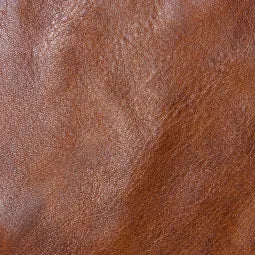
FULL GRAIN LEATHER
-
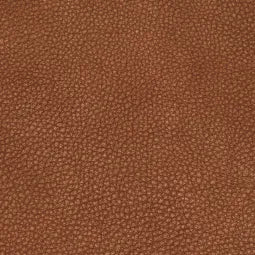
TOP GRAIN LEATHER
-
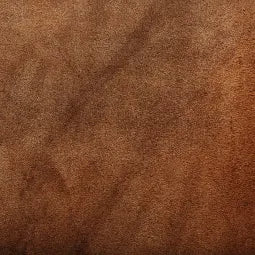
GENUINE LEATHER
-
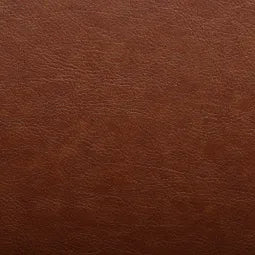
BONDED LEATHER
Buying leather with more horizontal fibers wears out quickly because they can readily pull apart. Vertically running fibers, however, are the strongest. In other words, the higher the number of vertical fibers, the better.
Full Grain Leather
-
Full grain leather comes from the top layer of the hide. It includes all the grain with it – hence the name full grain leather. This type of leather retains the inherent toughness, as well as the imperfections because there are no surface alterations or splitting.
It is the highest quality leather and the only one suitable for saddleback. Thus, it is also the most expensive. Working with this leather material is challenging. It absorbs body oils and develops a patina over time – a characteristic that attributes to its popularity.
COMMON USES:
Saddlebacks, sought-after leather products.
-
- Full grain leather comes from the top layer of the hide. includes all natural grain
- Retains toughness and imperfections, no surface alterations or splitting
- Highest quality, exclusive for saddleback, making it most expensive.
- Challenging to work with, absorbs oils, develops desirable patina.
Top Grain Leather
-
- Second highest grade; obtained from blemished hide splitting
- Surface sanded to remove imperfections, pigmentation enhances visual appeal
- Smoother and more flexible than full grain; strong and durable.
- Commonly used in suede, nubuck, high-end products like handbags.
-
Top grain is the second highest grade of leather. Usually, to obtain top grain leather, the top layer of skin from blemished hides is split. The surface is sanded to get rid of inherent imperfections. Pigmentation or staining gives the leather an attractive look.
This also makes top grain leather smoother and more flexible than the full grain. Although this type of leather is strong and durable, it tends to stretch permanently over time. It is used to produce suede and nubuck. Most high-end products, such as handbags and jackets, are comprised of top grain leather.
COMMON USES:
Suede and nubuck-making, making high-end products such as handbags and jackets.
Corrected Grain (Bottom Cut/Split) Leather
-
Corrected grain or split leather, also known as genuine leather, is produced using the skin layers that remain after the top is split off and from the corium predominantly (see diagram above). Split leather tends to be tougher in texture due to the fact that is resides under the top layers and is mostly used in applications that don’t require the leather to be soft like furniture backs and sides. Just like the top grain leather, it is also sanded to remove natural imperfections. Usually, the surface is spray painted and embossed with a leather-like pattern to resemble natural appearance. However, the processing alters the inherent breathability of the leather.
COMMON USES:
Making jackets, handbags, messenger bags, accessories, footwear, and furniture.
-
- Corrected or split leather also known as genuine leather
- Derived from layers remaining after top is split off.
- Tougher texture, mainly for furniture backs and sides applications.
- Surface often spray-painted, embossed to mimic natural leather appearance.
Bonded Leather
-
- Bonded leather made from hide leftovers, including dust and shavings.
- Bonding with polyurethane or latex on a fiber sheet base.
- Often spray-painted to mimic full or top grain appearance.
- Natural leather percentage undisclosed; considered the lowest, cheapest grade.
-
Bonded leather is made up of leftovers of the hide. This includes the dust and shavings.
These are bonded together using polyurethane or latex on top of a fiber sheet. It is often spray-painted to look like full or top grain leather. You can’t determine the percentage of natural leather unless the manufacturer chooses to disclose it – which is very unlikely. Bonded leather is the lowest (and the cheapest) grade of leather.
COMMON USES:
Making furniture, bookbinding, and various fashion accessories.
-
Exploring the Diversity of Leather
-
Though there are four basic types of leather, you can find a wide range of options based on the percentage of organic material, durability, and the finishing process.
-
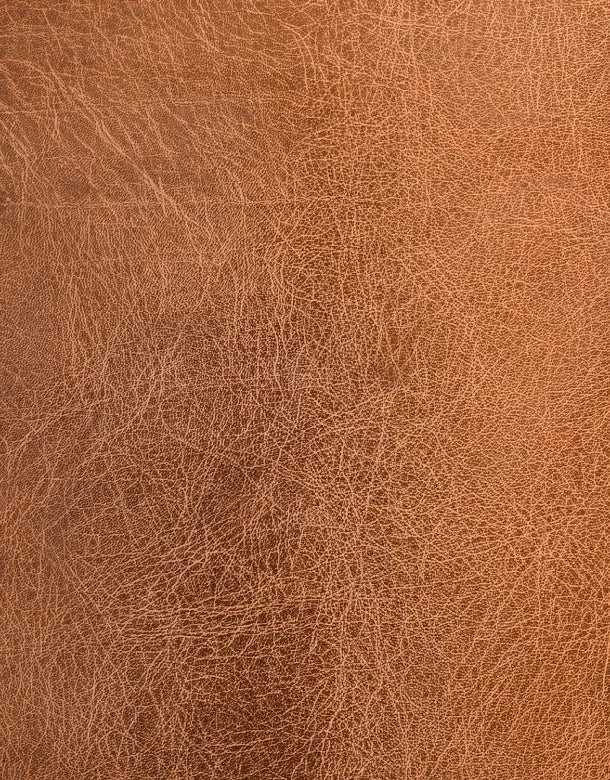
Aniline Leather
-
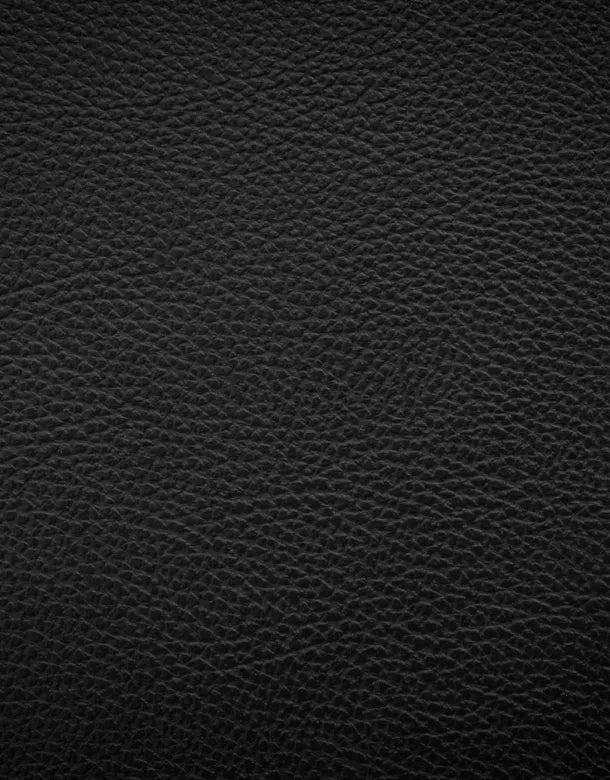
Pigmented Leather
-
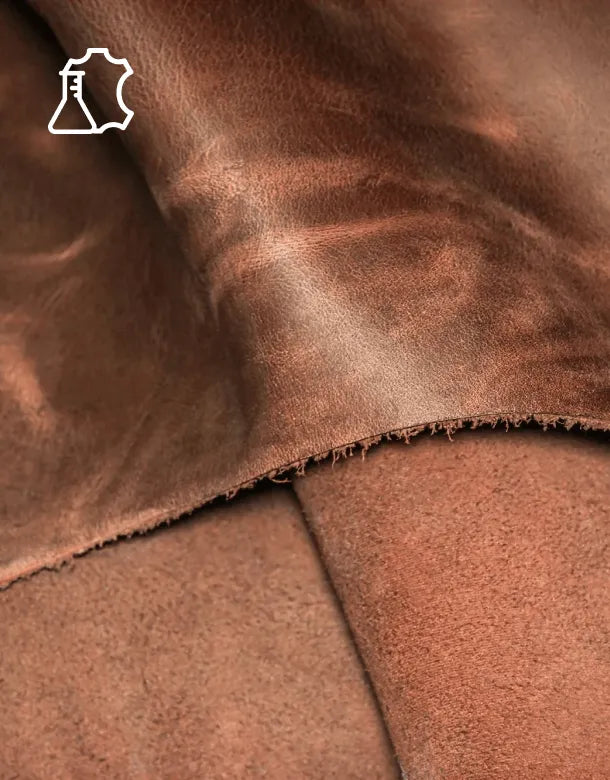
Chrome Tanned Leather
-
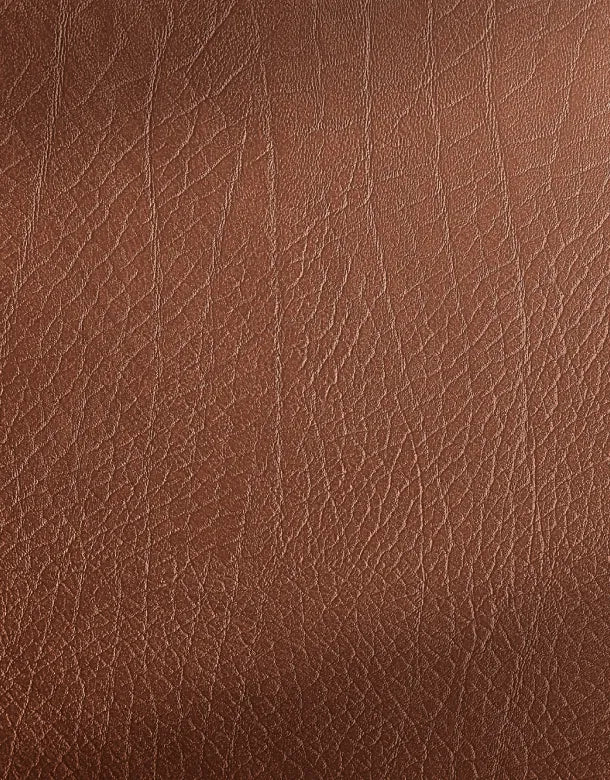
Oil Tanned Leather
-

Corrected Grain Pigmented Leather
-
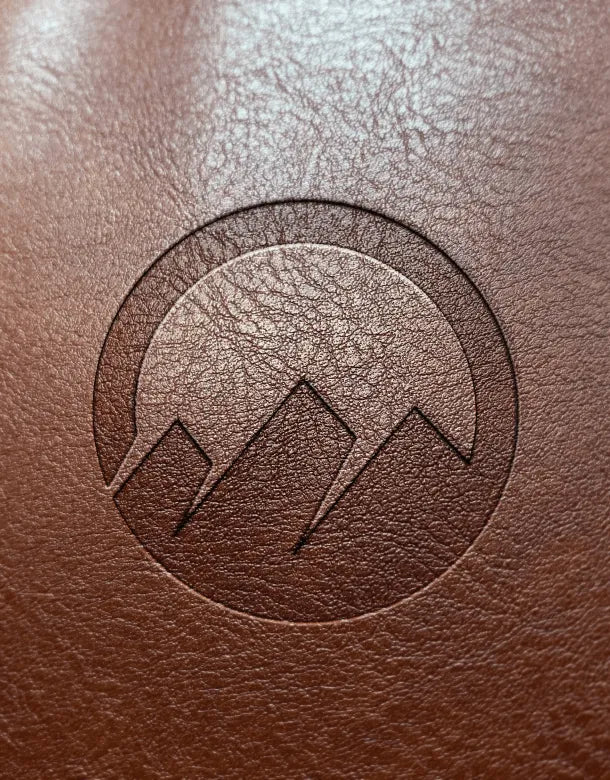
Embossed Leather
-
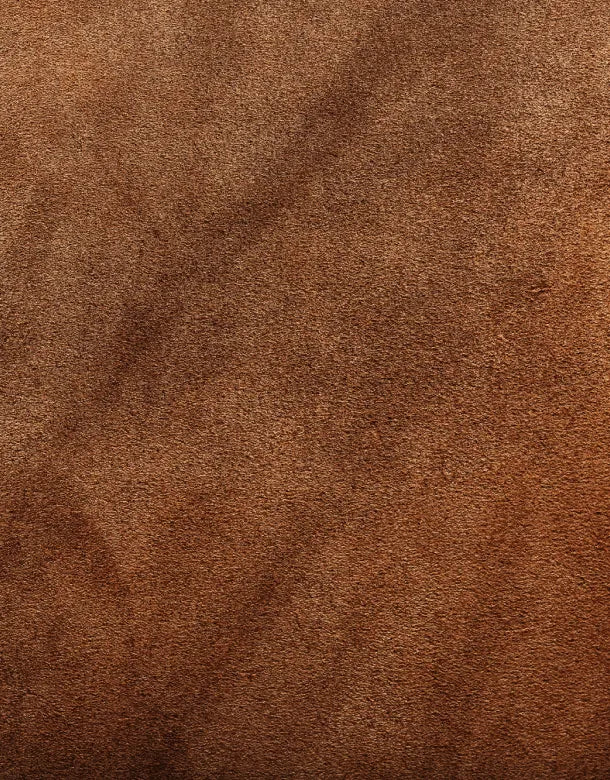
Finished Split Leather
-
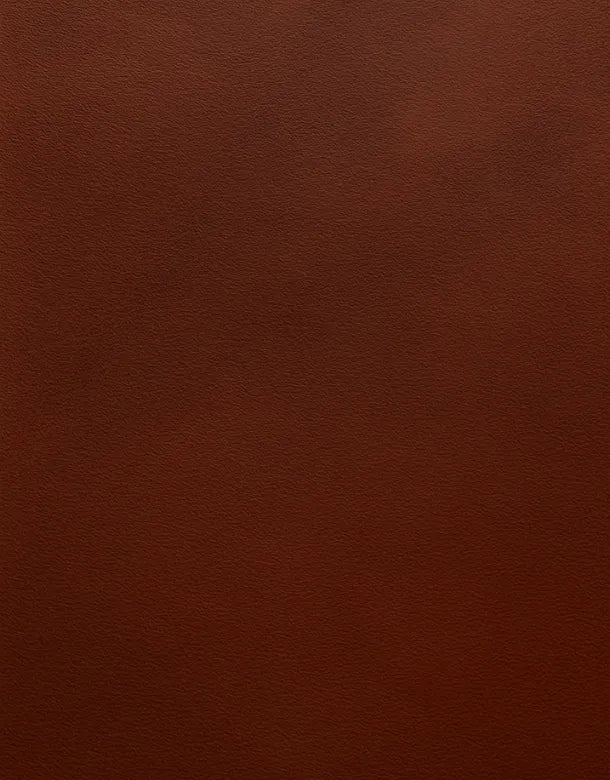
Latigo Leather
-
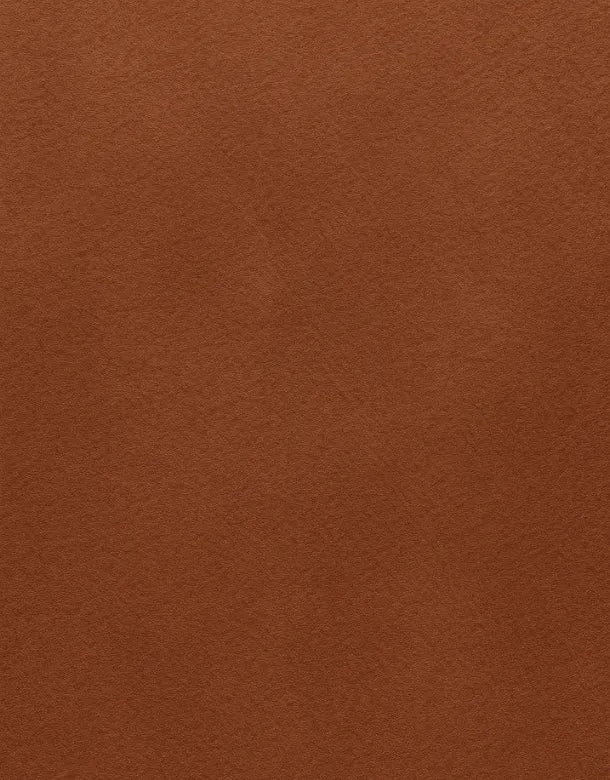
Nubuck Leather
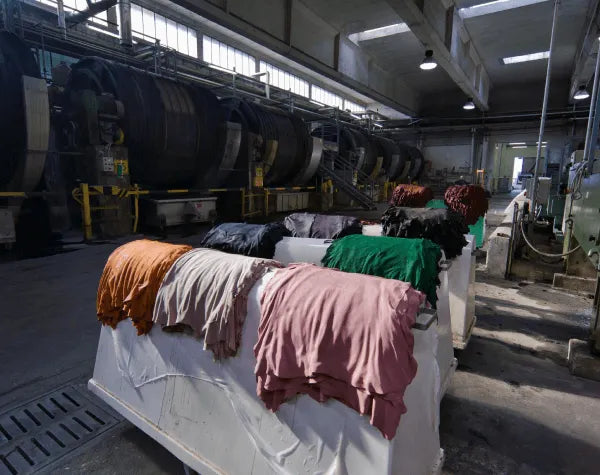
Crust:
Crust leather is tanned and dried, but not dyed. Depending on the tanning process, it is called either chrome crust or vegetable crust. However, crust leather is not processed until it is dyed. It has all the physical properties including size, thickness, fullness, looseness of grain, and grain damages.
COMMON USES:
After finishing it can be used to make leather accessories, footwear, and furniture.
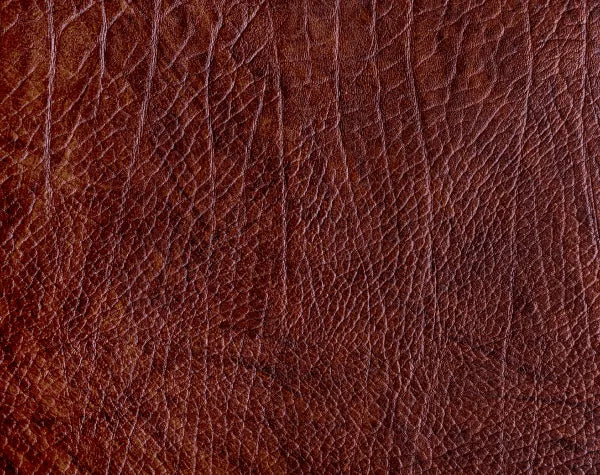
Pull-Up Leather:
Pull-up leather or oily pull-up leather stretches over time, providing a unique worn-in effect. It is considered a sign of high quality. Usually, semi-aniline animal hides are used to make this type of leather.
The waxes or oils often darken the original coloration. When stretched and pulled apart, it reveals unique light-colored variations. You can see a beautiful patina developing over time and with wear, providing an aesthetic edge to the leather product.
COMMON USES:
All leather accessories, especially the best leather for furniture.
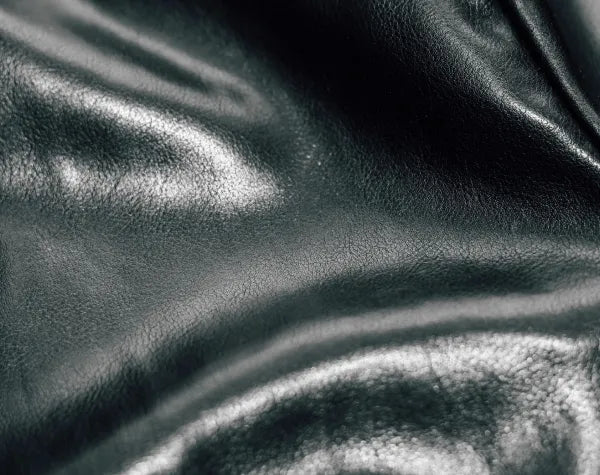
Kidskin Leather
Kidskin leather comes from the hide of lambs or young goats. It is flexible, durable, and supple. It is also extremely lightweight. However, being high-quality leather, it is also one of the most expensive grades of leather. It is less costly than calfskin and requires high maintenance.
COMMON USES:
Primarily to make gloves for women, kids, and men.

















